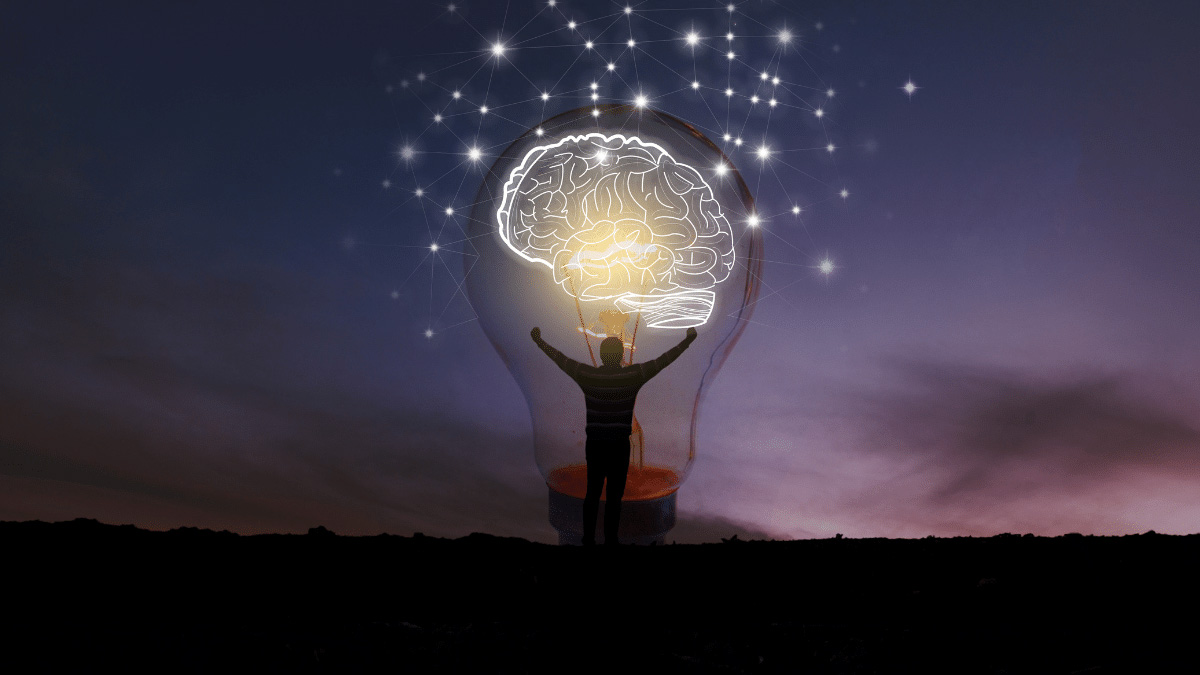 To celebrate National Inclusion week, education actuary Sally Calder has written a blog series on neurodiversity, with a focus on autism. In part three, she explores creativity in autistic people. The six-part series covers self-identification, diagnosis, stigma, and strengths and challenges. She also highlights what we, in the spirit of inclusivity, can all do to support neurodivergent individuals.
To celebrate National Inclusion week, education actuary Sally Calder has written a blog series on neurodiversity, with a focus on autism. In part three, she explores creativity in autistic people. The six-part series covers self-identification, diagnosis, stigma, and strengths and challenges. She also highlights what we, in the spirit of inclusivity, can all do to support neurodivergent individuals.
Last time I explained why we shouldn’t automatically consider autism a disability. This doesn’t mean that autistic people don’t need consideration and adjustments to ensure we can perform to the best of our ability. (Or, for that matter, to ensure we can function at all). I ended by saying that autistic people can be creative. We’re not robots with no imagination.
I always have to get creative when meeting new people socially. I’m OK in work-related environments because we usually have something in common (for example, the Actuaries’ Code, pensions practice, or business ethics).
But in social situations with strangers, I have absolutely no idea what to do, what to say, or where to put myself. How do people start conversations? What is ‘small talk’? What do you do if you’ve run out of things to say? Should you pre-prepare with a crib sheet of standard phrases to show the ‘normal humans’ that you know the lingo?
Fans of Peter Capaldi’s Doctor Who incarnation may recall an episode when he blurted out uncomfortable truths, offending everyone unintentionally. His companion, Clara, gave him cue cards for stock phrases he could recite. Maybe The Doctor is autistic? But, unlike Raymond in Rain Man, he’s not portrayed as someone the audience should feel sympathy for, or pander to. He’s a central character the producers want you to look up to.
Let me use a story to help me explain. Bear with me on this one…
During NASA’s Apollo 13 mission to the moon, an explosion on board left the three astronauts without oxygen. It forced them all to return to Earth in the accompanying spacecraft: the lunar module (LM). But the LM was only designed for two people. A device that removed toxic levels of CO2 from the spacecraft – canisters of lithium hydroxide – could not accommodate three men.
The crew had the option to use the canisters from the first spacecraft, but they were a different shape and wouldn’t fit. So the team had to improvise a hack to make them fit. In the 1995 film Apollo 13, mission director Gene Kranz (Ed Harris) suggests his engineers “invent a way to put a square peg in a round hole – rapidly.”
The engineers back on Earth came up with a procedure to build a makeshift device with objects they knew were on board, including duct tape and covers torn from manuals. They read out the procedure to the astronauts and as soon as the device was fitted, the CO2 levels dropped.
Putting a Square Peg in a Round Hole
An interior view of the Apollo 13 Lunar Module and the "mailbox," a hack used to turn the lunar module into a lifeboat to get the crew safely back to Earth.
NASA/24 Sept 2015
Now imagine you have to do that every single day of your life to cope with tasks everyone else does instinctively. An autistic person is an astronaut trying to fit a square canister into a round hole – and there are no scientists on the ground to help them either. A neurotypical person is an astronaut with a round canister.
Because we’re unable to process the world in the same way as neurotypical people, we continually have to come up with innovative solutions for tasks others find easy. These could be things like walking through a crowded shopping centre, entering a noisy pub, or meeting strangers. Or it could be coming up with a plausible excuse for not wanting to do something social that would give us a meltdown. And doing so without having to reveal we’re autistic (because of stigma).
So, despite popular belief, autistic people can be incredibly creative. We have to be to survive!
Next time I’ll share a bit about my history to show the difficulties associated with getting (or not getting) a diagnosis and with being labelled.
National Inclusion Week
National Inclusion Week is a week dedicated to celebrating inclusion and taking action to create inclusive workplaces. Learn more at National Inclusion Week 2022.